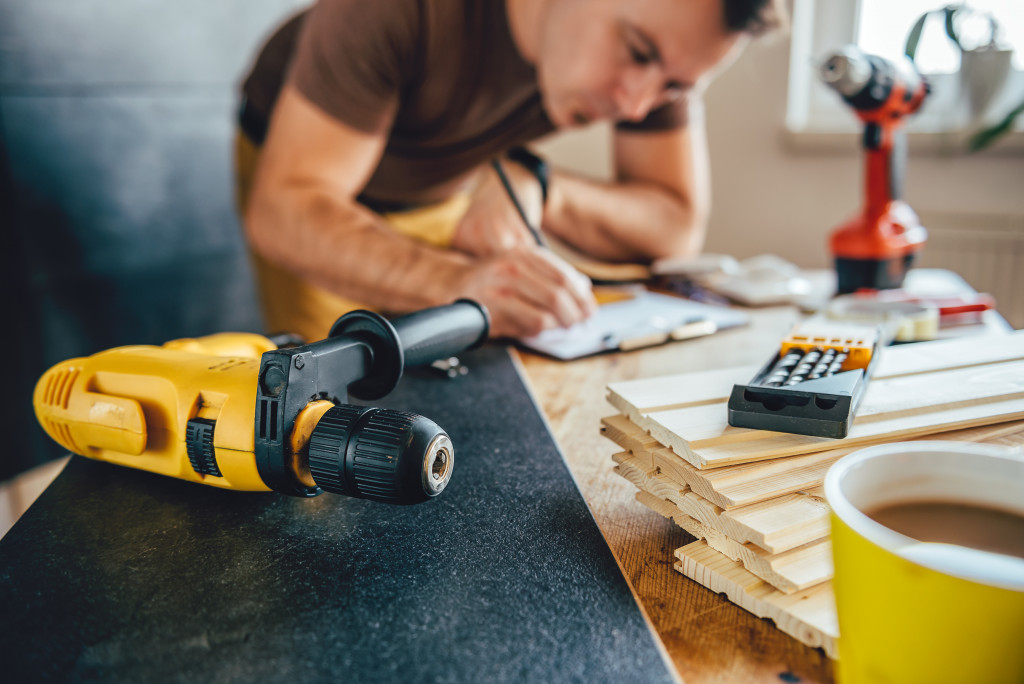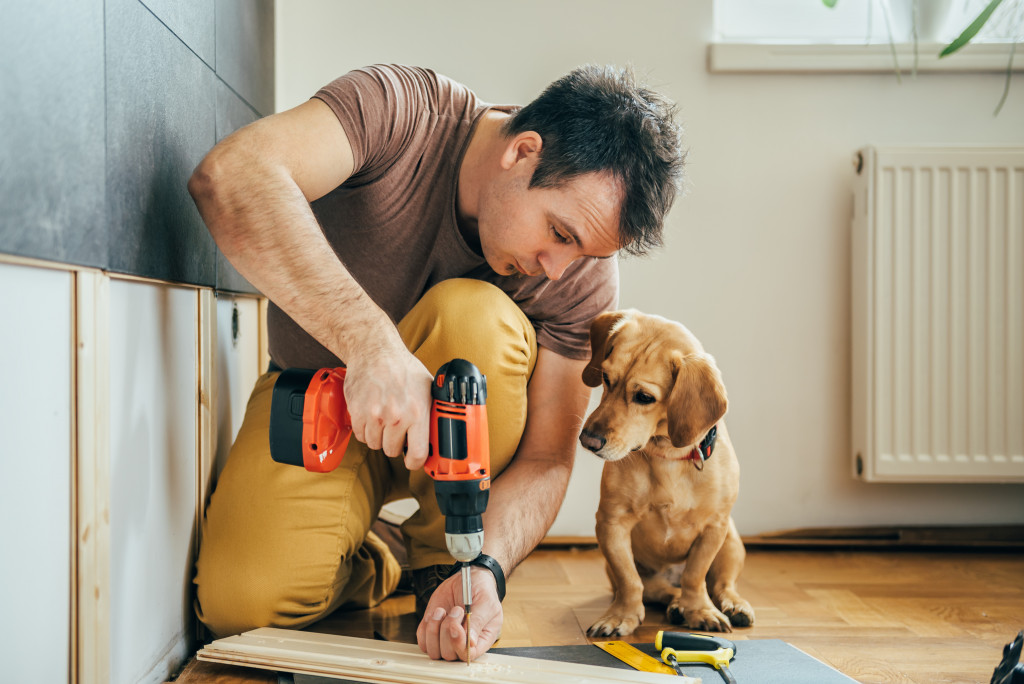Societies are many times defined by the places where people live and work. From the ancient Egyptian and Chinese civilizations that took shelter in different types of vertical structures to the modern cities of today, houses, apartments, commercial facilities, and other buildings are a mirror of the existing times.
As we consider this, let us explore three key trends in residential and commercial real estate.
Quality and Durability
One of the most important aspects of any construction project, be it residential, commercial, or city planning, is that it can stand the test of time. There are several reasons for this.
First, in the current economic state, few companies and independent home builders have the necessary financial resources to keep investing in maintenance and repairs. Second, from a customer perspective, quality and durability are two key factors influencing purchasing decisions. If a client is not happy with the product or service he is being given, chances are he will very quickly move elsewhere.
It is especially true in today’s hyper-competitive industries, where finding a cheaper solution at the same performance level is not a difficult thing to do. Finally, quality projects are an organization’s best marketing tool. Not only do they showcase expertise and experience, but they also have the potential of attracting new buyers.
As such, the focus has become material-based. Today, many businesses and individuals alike are placing the utmost importance on getting their wood, glass, plastic, and steel supplies from only the top vendors, thus guaranteeing a final product that can withstand the elements as well as the passage of time.
Environmental Friendliness and Sustainability

Almost a quarter into the 21st century, the terms environmental friendliness and sustainability have become synonymous with construction. After decades of denial, multinational corporations and national governments alike are finally beginning to take note of issues like global warming, the extinction and endangerment of a long list of fauna and flora, and the accelerated depletion of our planet’s natural resources. Slowly, they are starting to understand that for building projects to be viable. They have to consider surrounding ecosystems and exist in a manner that represents a harmonious balance with nature.
This trend can be seen in both large-scale city planning and infrastructure and smaller commercial establishments and residential projects. For instance, in this day and age, it is no surprise to see giant solar panel farms right next to factories and other manufacturing facilities or enormous windmills extending for miles in the countryside.
In addition, cartographers, civil engineers, and landscapers are working hand in hand to design smart cities that can house millions of people without using huge amounts of electricity, water, gas, and natural resources. These are self-sustaining communities providing food and shelter for all their members.
As for people like you and me, we also have access to small-scale environmental technology for our houses and apartments to coexist with nature.
One With the Times
Unless you have been living under a rock or at the bottom of the ocean for the last year and a half, you are probably well aware of the covid-19 global pandemic and the ravage it has caused to nations all across the globe. So far, more than one hundred and ninety million people the world over have been infected, and close to four a half million have died. And even if several pharmaceutical companies like Pfizer, Astra Zeneca, Sinovac, and Moderna have already started the mass rollout of vaccines, it is safe to say that perhaps societies will never be the same.
Still, crises usually bring opportunities, and when people are put into a corner, oftentimes, they adapt, innovate, and evolve. It can be seen in all areas and industries, including construction and real estate development. Let us look at it from both a residential and commercial perspective.
First, as it pertains to households, people live in multi-functional spaces defined by flexibility and functionality. Today’s houses are no longer only the places where we live but also our offices and even our entertainment settings. This has been possible through technology in home building and a wide range of gadgets, devices, and gizmos that have brought convenience to our doorstep.
From a corporate angle, modern offices are now taking into account not only social distancing practices but also hygienic environments and flexible work policies for employees.
Three of the most important trends in office and residential construction are quality and durability in materials and final products, environmental friendliness and sustainability, and an ever-evolving adaptation to the times. As we move further into a post-pandemic world, they are sure to define the industry for many years to come.




